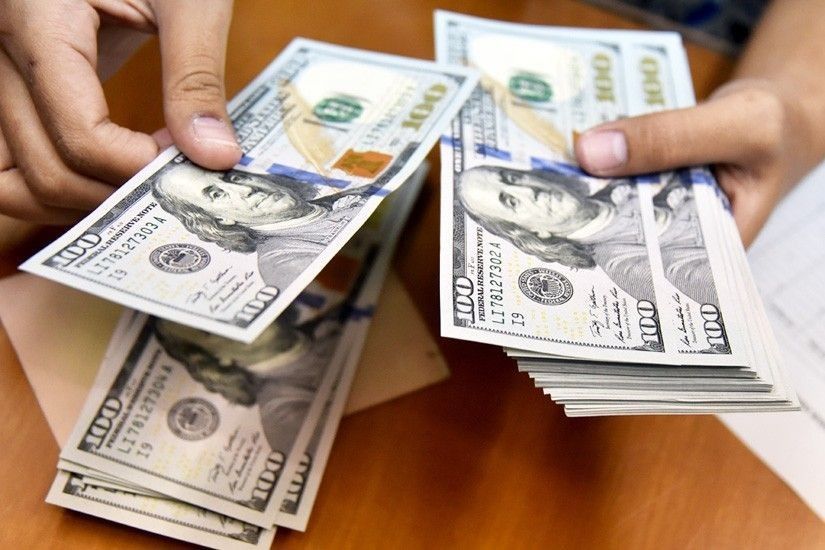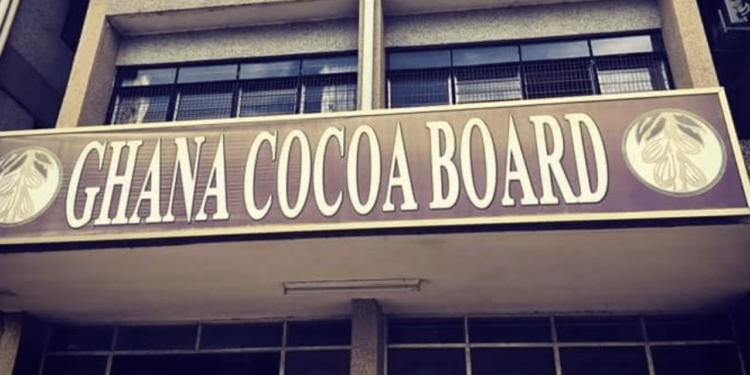Provisional data on the balance of payments show that the current account deficit deteriorated from 2.4 percent of GDP (US$1,860.3 million) in September 2021 to 2.8 percent of GDP (US$1,831.6 million) in September 2022.
According to the Bank of Ghana, the higher deficit was on account of higher payment outflows in the services and income accounts, which offset the significant improvement in the trade surplus recorded over the period.
The capital and financial account recorded significant outflows amounting to US$1,486.0 million during the review period, compared with inflows of US$3,491.0 million a year earlier. The Bank of Ghana disclosed that the outflows were explained by portfolio reversals, reduced FDI inflows, lower private capital inflows, and higher build-up of deposit taking corporations foreign assets.
“The current account deficit, together with outflows in the capital and financial accounts, resulted in a balance of payments deficit of US$3,410.0 million at the end of September 2022, compared with a balance of payments surplus of US$510.0 million in December 2021, leading to a significant drawdown in international reserves.”
Bank of Ghana
Fall in international reserves
At the end of October 2022, the stock of Gross International Reserves declined to US$6.7 billion equivalent to 2.9 months of import cover compared with the reserve level of US$9.7 billion (4.3 months of imports) at the end of December 2021.

Net International Reserves, which excludes encumbered assets and petroleum funds, was estimated at US$2.8 billion as at October 2022.
“The significant decline in reserve buffers arising partly from loss of market access, significant portfolio reversals, rising petroleum product importation bill, market reaction to sovereign downgrades by rating agencies on fiscal concerns, alongside increased foreign exchange demand exerted intense pressures on the local currency.”
Bank of Ghana
In the year to November 24, 2022, the Ghana Cedi cumulatively depreciated by 54.2 percent, 48.9 percent, and 49.9 percent against the US dollar, the Pound, and Euro, respectively. In comparison with the same period of last year, the Ghana Cedi was much stronger, depreciating by 2.6 percent and 0.2 percent against the US dollar and the Pound, respectively, and appreciated by 6.6 percent against Euro.
Overall, the external sector developments showed mixed trends in the prices of Ghana’s main export commodities as of October this year.
Brent crude prices eased from the highs of over US$100 per barrel to US$93.6 per barrel in October 2022, recording a year-to-date growth of 25.1 percent. The recent decline in crude prices mainly reflects global recession fears amid weakened growth momentum in China, according to the BoG.

Gold prices trended downwards to US$1,666.7 per fine ounce in October 2022, representing a drop of 6.9 percent, on the back of a strong US dollar and rising interest rates. Cocoa prices settled at an average price of US$2,337.71 per tonne in October, down by 5.8 percent year-to-date, owing to expectations of a large crop and mixed grinding data.
READ ALSO: The Cedi Tanked Because Foreign Investors Lost Confidence- Joe Jackson























